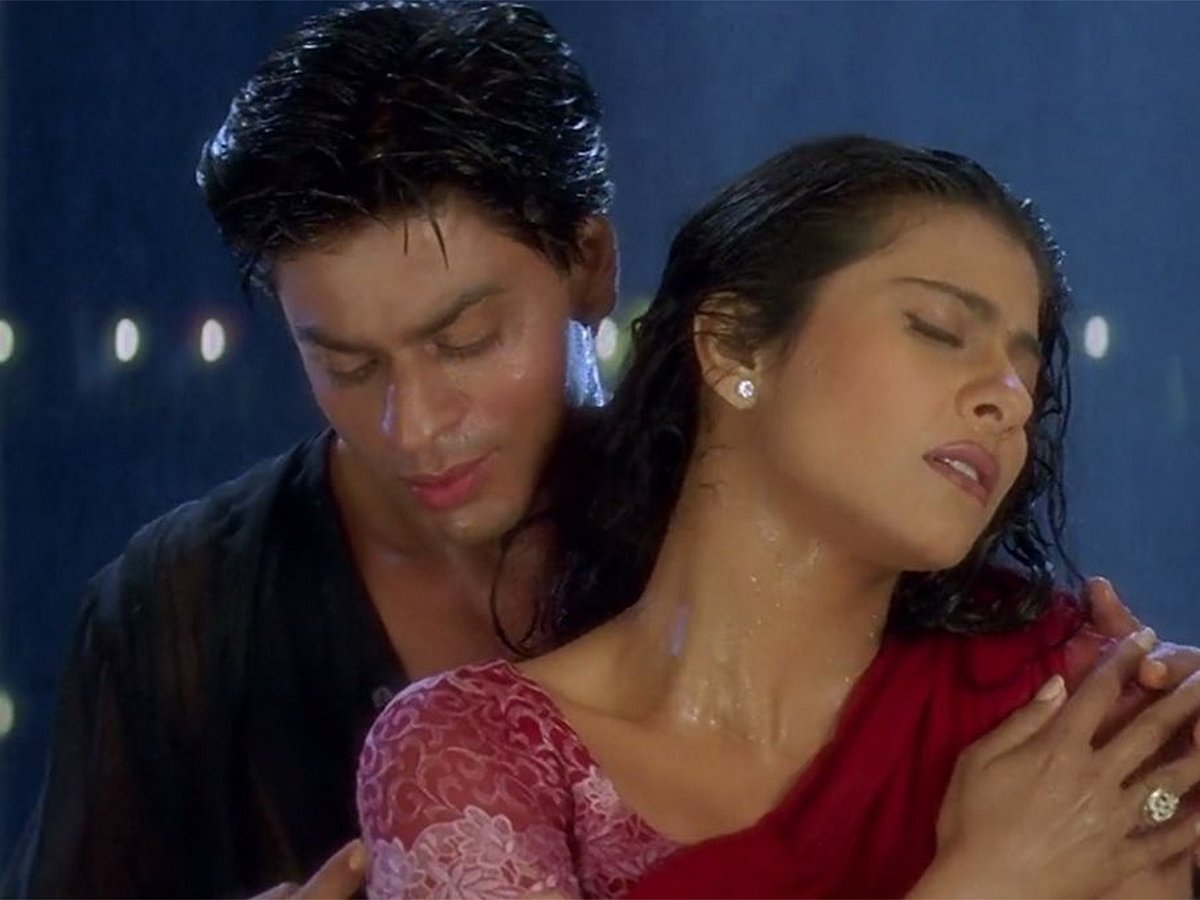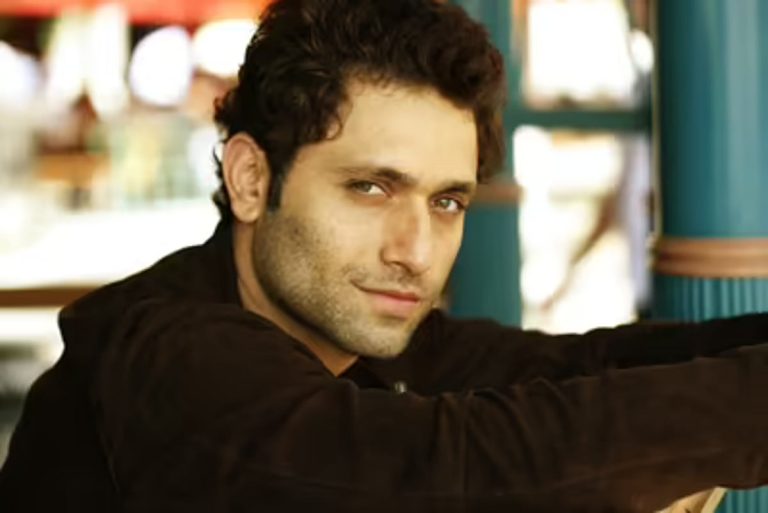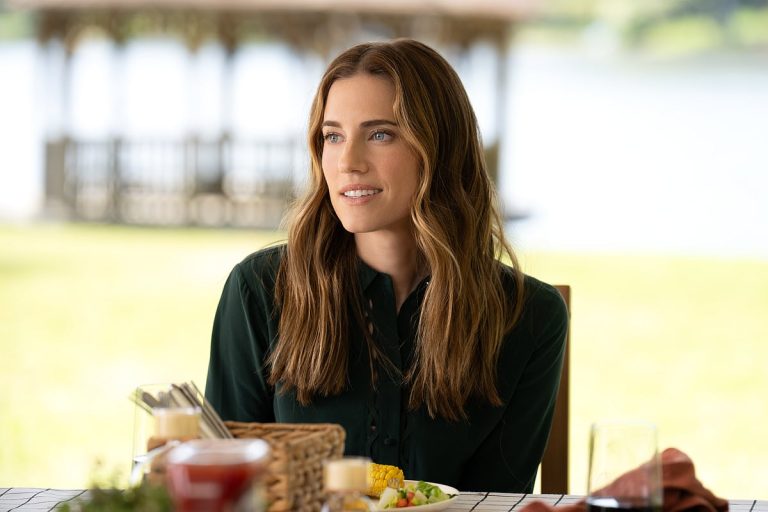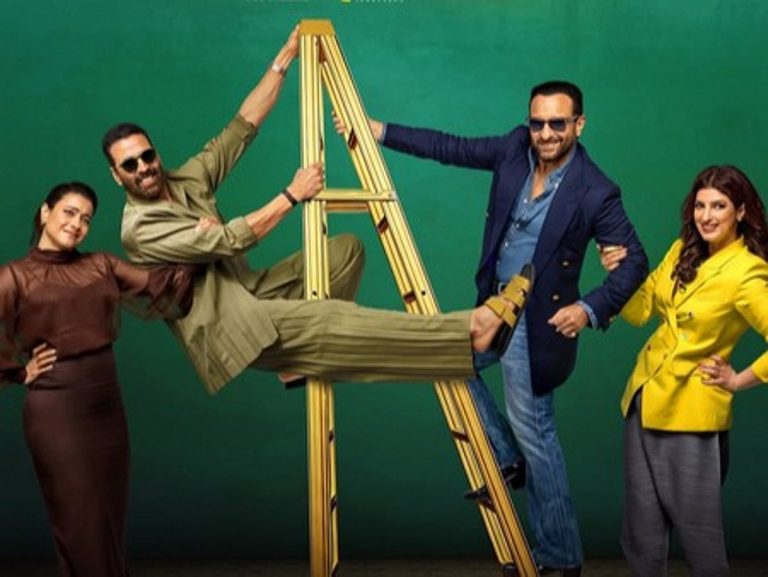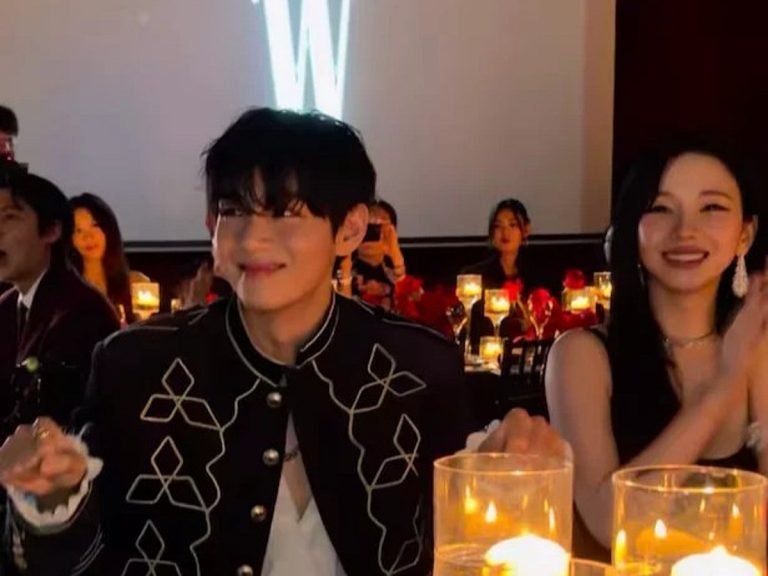The Role of Rain in Bollywood Romance Films
Rain has long been a powerful symbol in Bollywood, serving as a backdrop for romance and emotional expression. From the early days of cinema to contemporary films, the monsoon has played a crucial role in shaping the narrative of love stories, often replacing traditional displays of affection with the evocative imagery of rain-soaked scenes. This unique approach has allowed filmmakers to explore themes of desire, longing, and connection in a culturally resonant way.
The Cinematic Language of Rain
Bollywood’s relationship with rain is deeply rooted in its history. Early films like “Shree 420” showcased the chemistry between Raj Kapoor and Nargis, who shared an umbrella while the rain poured down around them. This scene became iconic, demonstrating that romance could be conveyed through atmosphere rather than physical intimacy. The wet sari, a recurring motif, transformed into a symbol of seduction, allowing filmmakers to express desire without crossing societal boundaries.
As the years progressed, the portrayal of rain in Bollywood evolved. In “Manzil,” Amitabh Bachchan and Moushumi Chatterjee’s stroll through a rain-soaked Mumbai captured the beauty of everyday moments. Their interactions, filled with laughter and glances, highlighted how love could thrive in simplicity, with the rain enhancing the emotional depth of their connection.
The Bold 1990s
The 1990s marked a shift in Bollywood’s approach to romance, with filmmakers embracing more overt expressions of desire. Raveena Tandon’s performance in “Tip Tip Barsa Pani” redefined the concept of the “wet look,” as she donned a yellow chiffon sari that became emblematic of the era. The rain served as a catalyst for passion, allowing the characters to convey their feelings without the need for explicit physical contact.
This trend continued with memorable performances from Kajol in “Yeh Dillagi” and Madhuri Dixit in various films, where rain became an essential element of their on-screen personas. These sequences transformed rain into a co-star, enhancing the emotional landscape and allowing for a rich exploration of romantic themes.
Rain as a Narrative Device
Rain in Bollywood is not merely a visual spectacle; it serves as a powerful narrative device. In “Kuch Kuch Hota Hai,” the rain-soaked reunion of Rahul and Anjali illustrates how nature can mirror human emotions. The drizzle becomes a metaphor for cleansing past grievances, allowing love to flourish anew. This layering of meaning adds depth to the storytelling, making rain an integral part of the cinematic experience.
Moreover, the cultural context of Bollywood has historically influenced how intimacy is portrayed on screen. Before the rise of streaming platforms, overt physical contact was often deemed controversial. Rain songs provided a more acceptable means of expressing romance, allowing filmmakers to navigate censorship while still delivering emotionally charged scenes.
The Emotional Spectrum of Rain
Rain sequences in Bollywood films often encompass a range of emotions, from joy to nostalgia and even conflict. This emotional multiplexing enriches the viewing experience, as audiences can connect with the characters on multiple levels. The visual and musical elements associated with rain—such as thunder, reflections, and the sound of droplets—further enhance the mood, creating a multisensory experience that resonates with viewers.
The metaphorical significance of rain also adds layers to the narrative. It symbolizes cleansing, longing, and rebirth, allowing filmmakers to fuse these themes with romantic storylines. This versatility makes rain a beloved motif in Bollywood, capable of conveying complex emotions in a relatable manner.
FAQs
Why is rain such a significant element in Bollywood films?
Rain serves as a powerful metaphor for romance and emotional expression, allowing filmmakers to convey desire and connection without explicit physical intimacy, making it culturally acceptable.
How did the portrayal of rain change over the decades in Bollywood?
Initially, rain was used subtly to suggest romance, but the 1990s saw a shift towards more overt expressions of desire, with iconic scenes featuring characters in wet clothing, enhancing the emotional impact of the narrative.
What are some notable rain scenes in Bollywood?
Memorable rain scenes include Raj Kapoor and Nargis in “Shree 420,” Amitabh Bachchan and Moushumi Chatterjee in “Manzil,” and the reunion of Rahul and Anjali in “Kuch Kuch Hota Hai,” each showcasing the emotional depth that rain can bring to a story.
Conclusion
The enduring allure of rain in Bollywood is a testament to its ability to evoke deep emotions and enhance storytelling. As filmmakers continue to explore this timeless motif, audiences can expect to see rain remain a central element in the portrayal of romance, bridging the gap between tradition and modernity. The next wave of Bollywood films will likely continue to harness the power of rain, ensuring that its legacy as a symbol of love endures.
Also Read:
Discovering the Unique Beauty of the UAE

